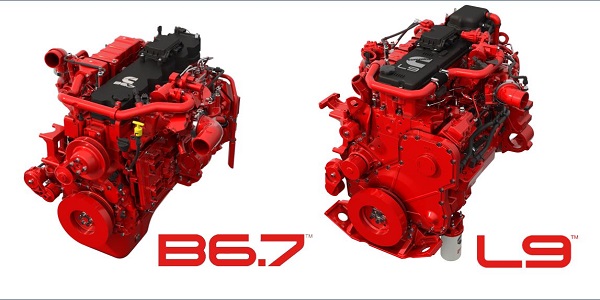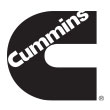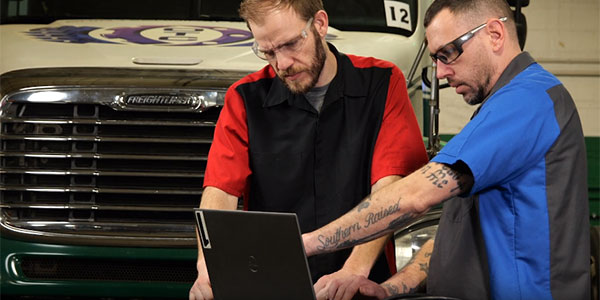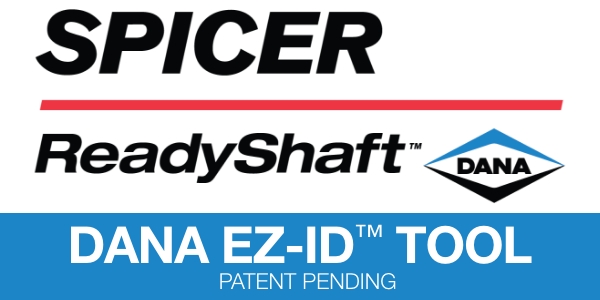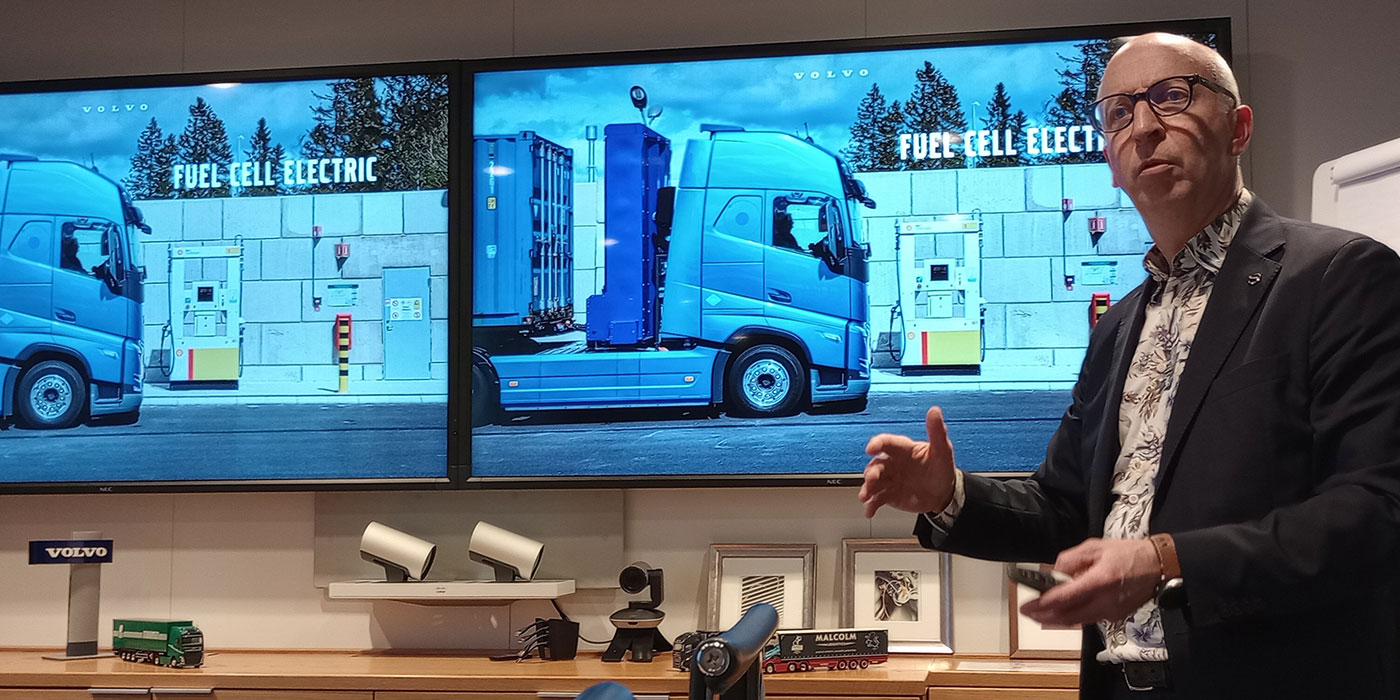In this economic climate, keeping trucks on the road is critical. Every dollar invested into a fleet needs to add value for the business and deliver a return on that investment. Cummins understands that. It’s why the company builds engines that deliver a combination of durability, reliability, value and performance. So, when the global power leader went to work updating its iconic B6.7 and L9 engines to meet EPA emissions requirements, it also synchronized and extended scheduled service intervals.
New in 2021, the B6.7 and L9 engines will see significant extensions in both oil drain intervals (ODI), oil filter and fuel filter changes. Cummins also introduced maintenance-free crankcase ventilation filters for both models, a technology the engine maker has used on its heavy-duty X15 engines since 2015.
“When we talk to medium-duty users, one of the most common things we hear them say about the B6.7 and L9 engines is, ‘these engines work. Don’t mess them up.’ We were mindful to only make changes that would optimize performance and lower total cost of operation,” said Barbara Hubler, Assistant Product Manager, On Highway B-Series, “but we made sure these new products deliver the same durability and performance standards users expect from Cummins.””
Depending on the duty cycle, 2021 B6.7 many users will be able to go up to 30,000 miles / 1,000 hrs. / 18 months between oil drains. That’s compared to 20,000 miles / 550 hrs. / 12 months with the 2017 model.

The extension to fuel filter changes is even more significant. The 2021 B6.7 is expected to go 60,000 miles / 2,000 hours / 18 months between fuel filter changes. That’s four times longer than the 2017 model. Not only will fleets spend less annually on the cost of oil and filters, these extensions mean many users may only need to replace the fuel filter on the 2021 B6.7 during every other oil change. “Synchronizing these routine maintenance events means the tasks can be done in a single service event, maximizing Uptime,” Hubler said.
The 2021 L9 sees similar extensions to maintenance intervals. Depending on the duty cycle, the L9 moves to an ODI of up to 50,000 miles / 1,500 hrs. 18 months. That’s up from 35,000 miles / 1,000 hrs. / 18 months for the 2017 model. The L9 will also incorporate the maintenance-free crankcase ventilation filter.

Cummins also predicts fuel economy improvements of up to 1.5% for the L9 Productivity Series engines and an improvement of up to 3.5% for the L9 Performance Series models. Efficiencies were made by minimizing frictional losses and optimizing combustion. Improvements include top and oil piston rings with a low friction coating, modified camshaft valve timing and an increased compression ratio (20:1).
The 2021 B6.7 and L9 will provide customers with dependable, efficient solutions for vocational and specialty applications, as well as pick-up and delivery, regional haul, school bus, transit bus and emergency vehicle applications.
For more information, visit cummins.tech/b67 for the B6.7 or cummins.tech/l9 for the L9.
This article was sponsored by Cummins.

